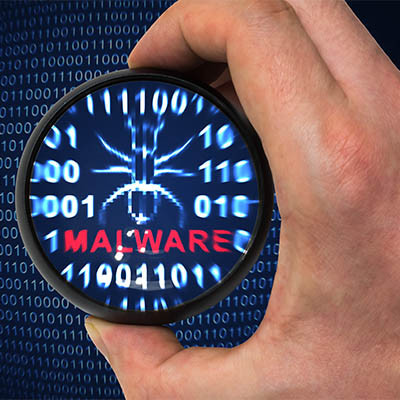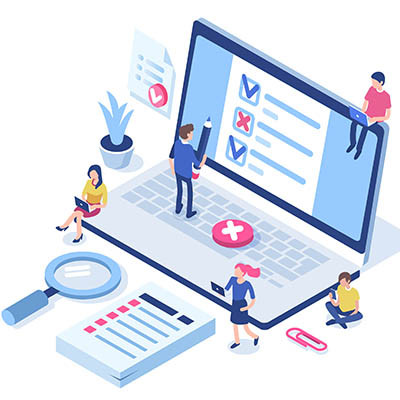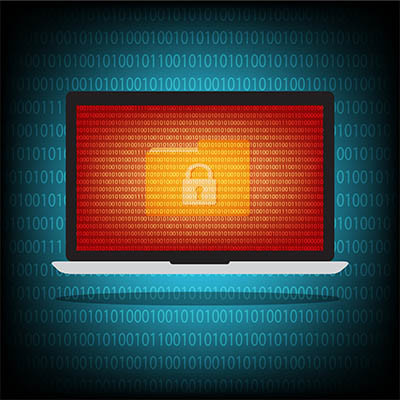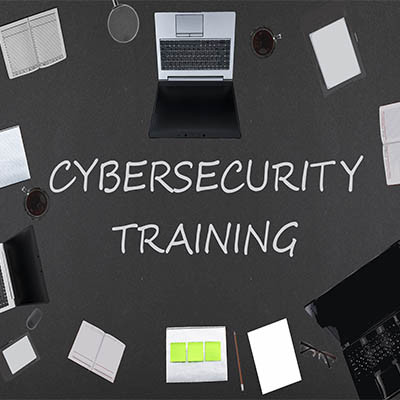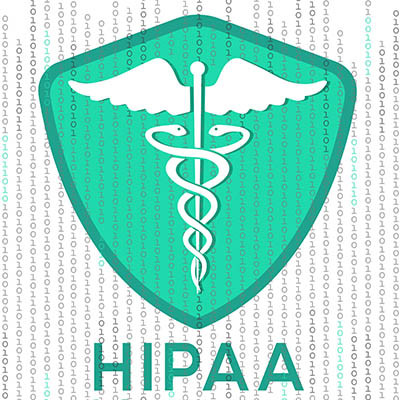Phantom Technology Solutions Blog
Once again, ransomware strikes, this time targeting the world’s largest meat processor and distributor, JBS S.A. This disruptive cyberattack forced the company to suspend operations in both North America and Australia, a move which had devastating consequences to the supply chain. What can we learn from this situation?
Businesses are always leveraging the latest technology to overcome modern challenges, but the implementation of new tools often comes with new challenges of its own. Chief among these is determining whether or not the new tool actually solves a problem for your organization. The more deliberate your intentions for implementing a new tool, the more likely you are to see a return on investment for it. Here are ways you can make sure that all new technology is appropriate for your business’ needs.
A survey from Splunk and Enterprise Strategy Group indicates that organizations tend to invest a significant amount of their capital into cybersecurity. Even more interesting is that 88 percent of respondents in this survey reported that they would increase these investments, with 35 percent reporting that they will be substantial. What other insights can we glean from this survey?
As is often the case with ransomware attacks, the situation with the Colonial Pipeline hack has grown more complex as more information regarding the attack has been discovered. Here are some of the major developments that you should keep top of mind in the wake of this devastating ransomware attack.
Your organization’s network security is dictated in part by your security solutions, but your employees also play a large role in maintaining it. If you want to make sure that your employees are not inadvertently putting your organization at risk, you need to ensure they are getting the proper security training. Here are a couple of ways you can make security training less like pulling teeth and more engaging for your employees.
Hackers are always taking advantage of others’ misfortunes, and they have even gone so far as to leverage the COVID-19 pandemic in efforts to launch phishing attacks. How have hackers utilized this worldwide disaster to their benefit, and what can we do to keep our organizations secure in this troubling time? Let’s find out.
Some industries have specific standards that must be met regarding data security and privacy. For healthcare and its related industries, you have HIPAA, the Health Insurance Portability and Accountability Act, which protects the privacy of patient records and requires that organizations maintain them in a specific fashion. To make this a bit easier is HITRUST, the Health Information Trust Alliance. How are these two intertwined and how do they make the privacy regulations in the United States easier to understand?
Unfortunate as it might be, one single solution is not going to eliminate any and all of your cybersecurity woes. That said, there are plenty of ways that you can mitigate the majority of threats and minimize their chances of success. One of the best ways is to construct a culture of cybersecurity awareness within your organization that encompasses all employees, including upper-level management and the C-suite. Here are 11 ways that you can build up an enduring culture of cybersecurity awareness for your business.
Anyone who uses a computer regularly knows that software can be finicky. Developers continuously update their software to account for changes in security threats and to add new features. For the small business, integrating and developing software can be useful, but it can also be one of the most problematic issues you can face; and, oftentimes it can often go under the radar. Let’s look at a few ways that old software bugs can cause problems for your business.
The workplace can be a stressful place, and studies have been done on this increase, as well as what can be done to mitigate the damage. To combat this increase, Microsoft has filed a patent that suggests new ways to resolve workplace stress might be in development in the near future. But is this technology actually necessary for identifying when you are stressed?
Technology might be a great tool to enhance productivity, but we need everyone to understand that it can only do so much for an unproductive user. It’s not uncommon for users to bounce back and forth between tasks, and this can lead to unfortunate bouts of unproductive behavior. Let’s discuss some ways that you can help your team overcome these obstacles.
Automation technology has many workers concerned about the future of their jobs. Computers are one of the many technologies that grow exponentially more powerful with every passing year, and these improvements lead to innovations that can save businesses tons of time and capital, but when applied to automation, does this come at the cost of jobs? Let’s see why workers in certain industries might be concerned about automation, as well as whether or not their concerns are warranted.
To stay competitive, businesses need to leverage any tools they can to optimize productivity. This includes what is often marketed as productivity software. Unfortunately, shopping for these tools can often lead you down the same rabbit hole, looking at the same products over and over, trying to determine which one is the best bang for your buck. Here are some pointers for finding the best productivity apps for your organization’s needs.
There are countless aspects of running a business that demand your attention on a daily basis, but one of the most important that can often go by the wayside is cybersecurity. No matter the size of your business, cybersecurity can make all the difference in preserving your organization’s future. While we recommend implementing technology solutions to make cybersecurity easier to manage, without an established culture of cybersecurity, your business will remain at risk regardless of the measure you take to protect it.
Cryptocurrencies--especially those that have recently surged into relevance--rely on blockchain technology, but what many people do not know is that blockchain is far more than a way to exchange digital currencies. In fact, cryptocurrency was just the beginning. Let’s take a look at the other practical uses for blockchain technology, including what it is and how it can help businesses.
Nothing says “panic mode” quite like a dying smartphone. To avoid falling into this predicament, many users keep their phones plugged in to keep the battery topped off. A common saying is that this practice is actually bad for battery life, but how much truth is there in this statement? Let’s take a deeper dive and see if we can separate the fact from fiction, as well as what factors do influence your smartphone’s battery life.
Remote work has thrown a wrench into the operations of countless businesses around the world, some more than others. While some employees have been able to adapt and make the most of the circumstances, workers with children at home might find themselves questioning their line of work or considering a change in careers.


